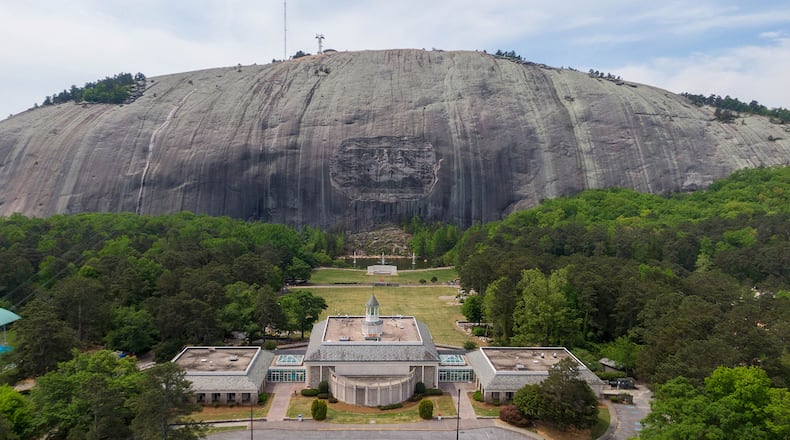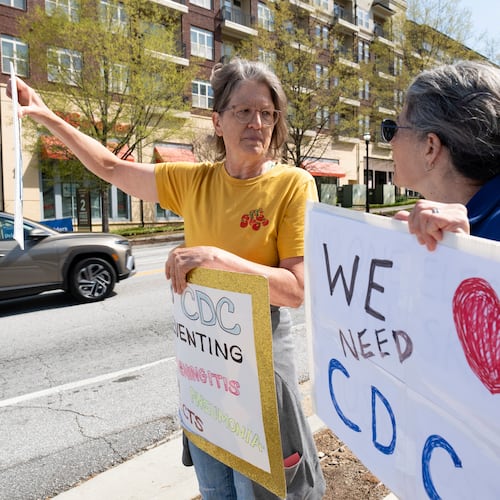A year-and-a-half after its creation was approved, leaders at Stone Mountain Park may finally choose a company to build a new museum exhibit aimed at “telling the truth” about the park’s ties to the Confederacy and white supremacy.
Stone Mountain Memorial Association CEO Bill Stephens said an announcement is planned for a board meeting on Nov. 14.
That date is nearly 18 months after the board voted to move forward on the exhibit, more than a year after a request for proposals from interested companies was posted, and about seven months after that submission period closed.
It’s also less than a week after Georgia’s closely watched election for governor. The entirety of the memorial association board was appointed by Republican Gov. Brian Kemp, who’s seeking re-election.
Stephens had previously suggested an announcement on the chosen museum exhibitor could come shortly after a September meeting in which the memorial association heard presentations from three companies vying for the work. But that was put off because board members wanted to conduct site visits at museums displaying those companies’ existing work.
Names of the bidding exhibit companies have not been revealed, nor have the locations of the museums the memorial association planned to visit.
“The truth” that the chosen company will be tasked with telling is not a pretty thing.
The massive mountainside carving of Jefferson Davis, Stonewall Jackson and Robert E. Lee was first conceptualized in the 1910s, during the monument-building craze fueled by the United Daughters of the Confederacy. That group sought to immortalize a sanitized version of the Civil War South and its reasons for fighting while simultaneously promoting white supremacy.
Samuel Venable, whose family owned and operated Stone Mountain as a granite quarry at the time, provided the initial lease that allowed the Daughters to commission a carving. Around the same time — and on the same mountain — Venable helped reestablish the Ku Klux Klan. One initial suggestion for the carving involved depictions of Klansmen.
By the end of the 1920s, a world war, infighting and financial issues had doomed the initial version of the carving. But it was picked up decades later as Georgia Gov. Marvin Griffin and other white leaders sought a response to court-ordered desegregation and the brewing Civil Rights movement.
The state of Georgia purchased Stone Mountain in 1958 and work on the carving resumed. It was dedicated in 1970, more than a century after the Civil War.
The new museum exhibit would be built inside Stone Mountain Park’s existing Memorial Hall building.
About the Author
Keep Reading
The Latest
Featured



